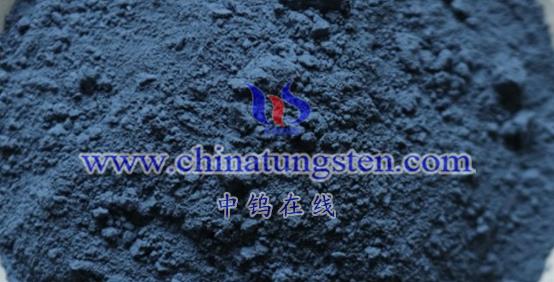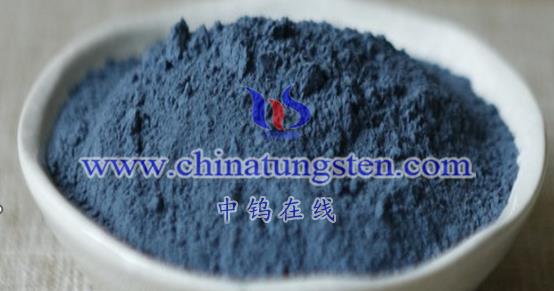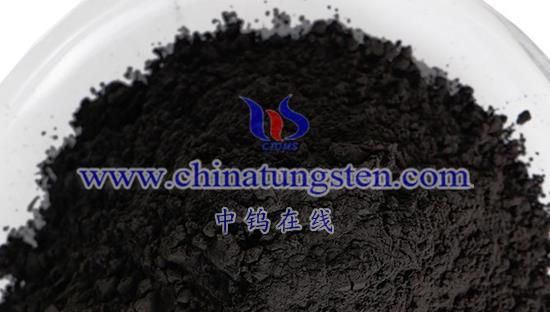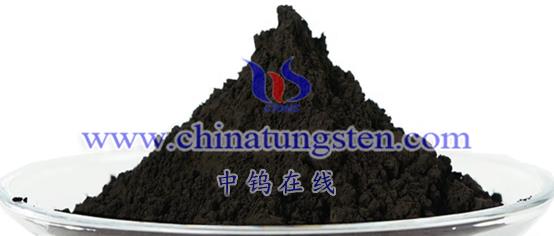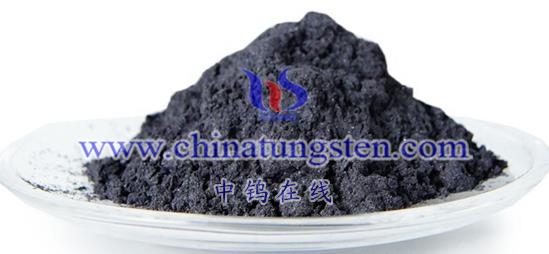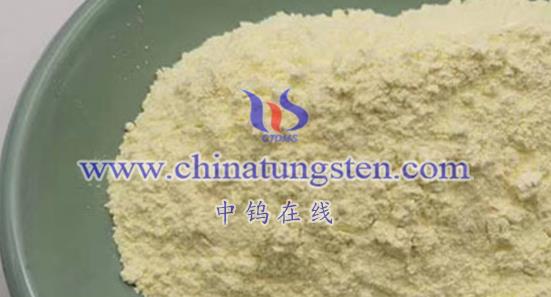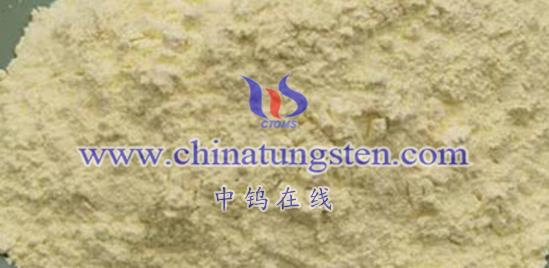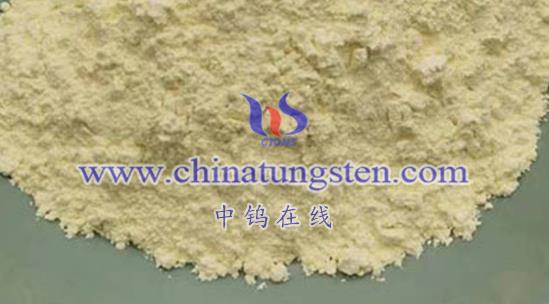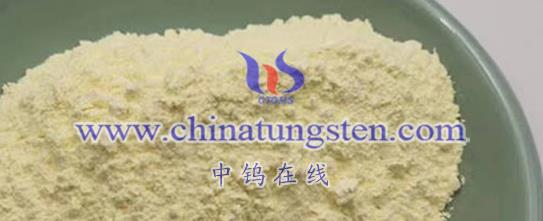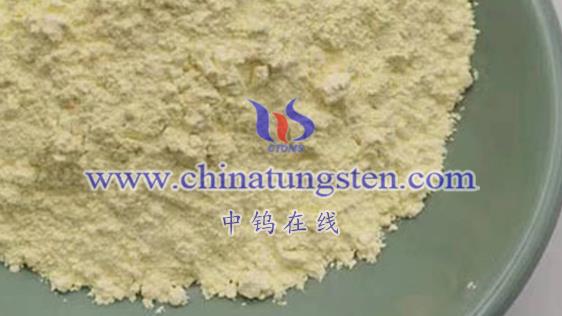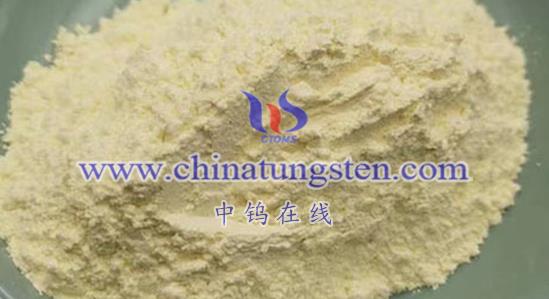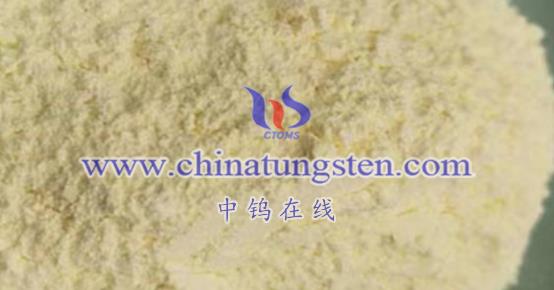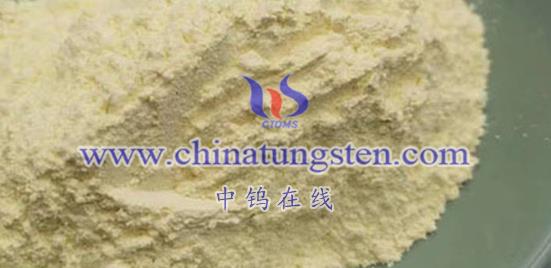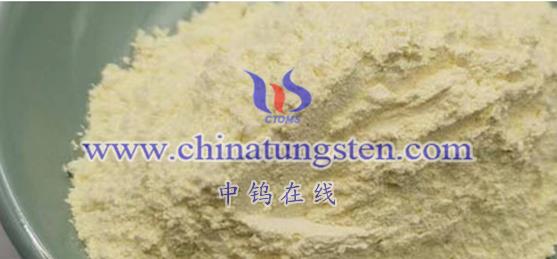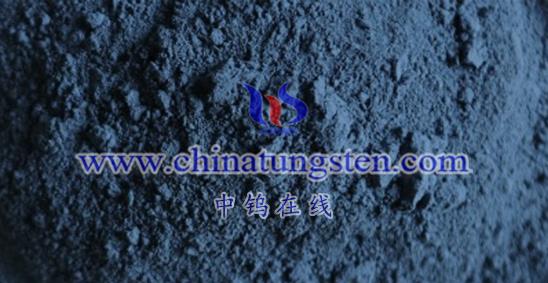
Nanomolybdenum oxide, or nanoscale tungsten trioxide (WO3), can be prepared through various methods. Here are some common preparation methods:
- Production of Nanomolybdenum Oxide via Ammonium Tungstate Method
Tungsten concentrate is treated with sodium hydroxide for alkali decomposition, then neutralized with hydrochloric acid and reacted with ammonium chloride to produce ammonium tungstate. Afterward, hydrochloric acid is added for acid decomposition, resulting in tungstic acid. Through calcination, decomposition, and grinding steps, nanomolybdenum oxide particles are finally obtained.
Advantages of the Ammonium Tungstate Method:
- Raw materials are readily available, and the process is relatively mature.
Disadvantages:
- It may involve multiple reaction steps, making the operation relatively complex.
- Hydrochloric Acid Decomposition of Tungstates
Saturated aqueous solutions of sodium tungstate (Na2WO4) or calcium tungstate (CaWO4) are heated, and the solution is dripped into an excess of boiling concentrated hydrochloric acid in a specific molar ratio. Following precipitation, filtration, washing, drying, and high-temperature dehydration steps, nanomolybdenum oxide particles are finally obtained.
Note: The dripping speed and liquid temperature must be properly controlled to avoid the formation of suspended or colloidal precipitates, which can affect subsequent processing.
- Thermal Decomposition of Ammonium Paratungstate
Purified ammonium paratungstate ((NH4)10W12O41·11H2O) is placed in a porcelain crucible and heated above approximately 400°C, resulting in the evaporation of ammonia and the formation of nanomolybdenum oxide particles.
Advantages of the Thermal Decomposition Method:
- The process is relatively simple and suitable for large-scale production.
- Chemical Precipitation Method
Using ammonium metatungstate (AMT) and hydrochloric acid (HCl) as raw materials, nanomolybdenum oxide is synthesized through a chemical precipitation reaction. The addition of ethanol can effectively improve the aggregation of the nanoparticles.
Advantages of the Chemical Precipitation Method:
- By adjusting the reaction conditions, the particle size and dispersion of the nanoparticles can be controlled.
- Sol-Gel Method
Utilizing sol-gel technology, nanomolybdenum oxide is prepared by controlling the chemical reactions of the precursor solution and the gelation process.
Advantages of the Sol-Gel Method:
- It can produce high-purity nanomolybdenum oxide with a uniform particle size distribution.
- Hydrothermal Method
In the hydrothermal method, tungsten hexachloride or tungstate is used as a precursor. The reaction is conducted under hydrothermal conditions of high temperature and pressure, resulting in nanomolybdenum oxide.
Advantages of the Hydrothermal Method:
- The process is simple and suitable for preparing various morphologies of nanomolybdenum oxide, such as nanowires and nanosheets.
- Other Methods for Producing Nanomolybdenum Oxide
- Mechanical Grinding Method: Utilizes external thermal or electrical energy to mechanically grind tungsten, resulting in nanomolybdenum oxide. This method is suitable for preparing brittle materials.
- Magnetron Sputtering: Various types of atoms or molecules exchange momentum with high-energy particles on the surface of target materials, allowing the preparation of nanomolybdenum oxide films and other materials.
Each of these methods has its advantages and disadvantages. The specific choice of method depends on factors such as the desired particle size, morphology, purity, and production cost of the nanomolybdenum oxide. In practical applications, optimization and selection can be made according to specific needs.
More details of tungsten oxide product, please visit website: tungsten-oxide.com
Please contact CHINATUNGSTEN for inquiry and order of tungsten oxide:
Email: sales@chinatungsten.com
Tel.: 86 592 5129595
